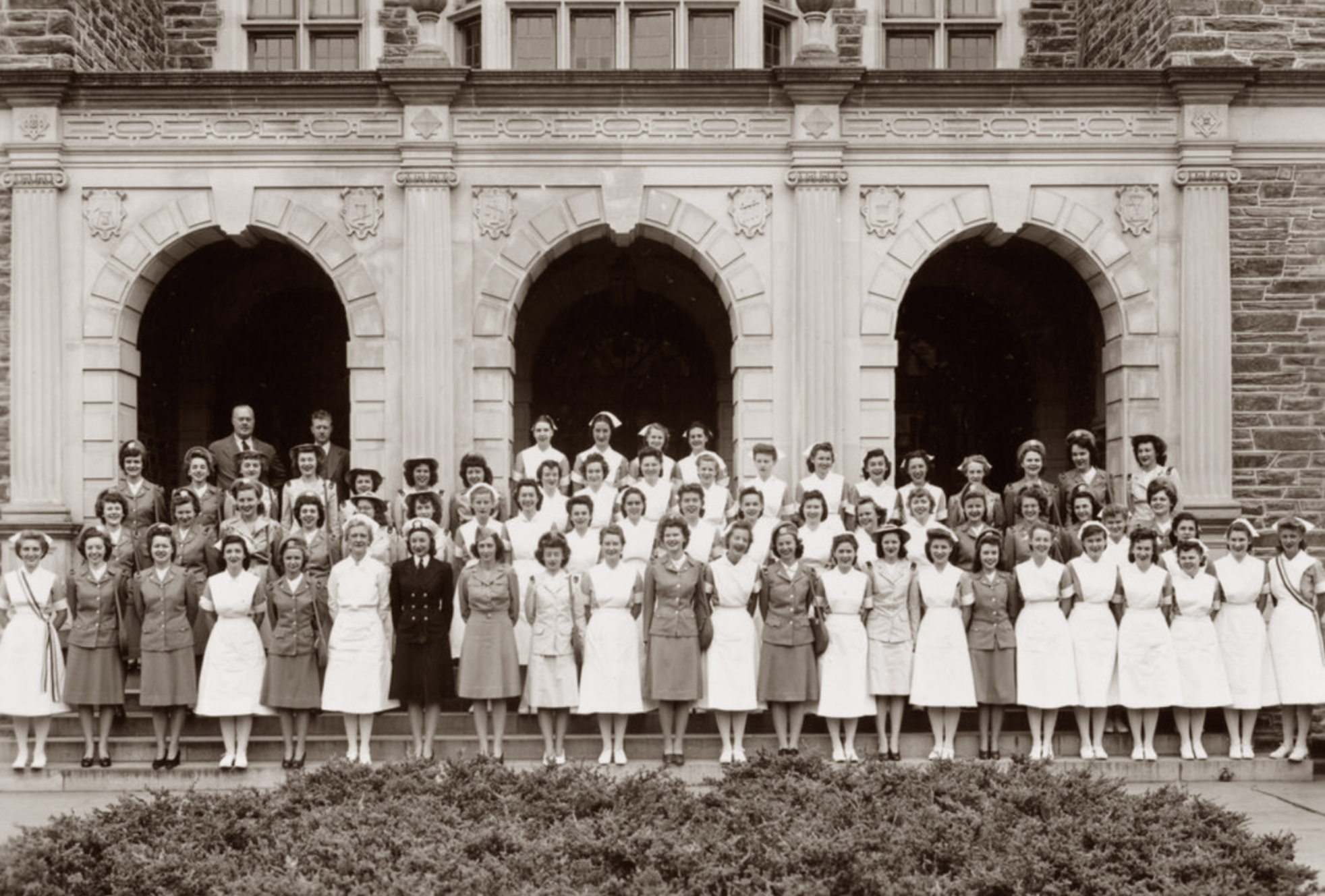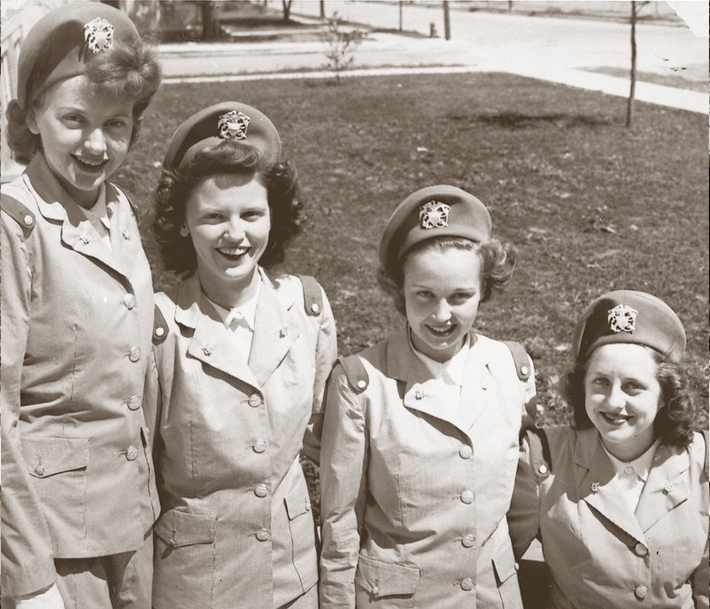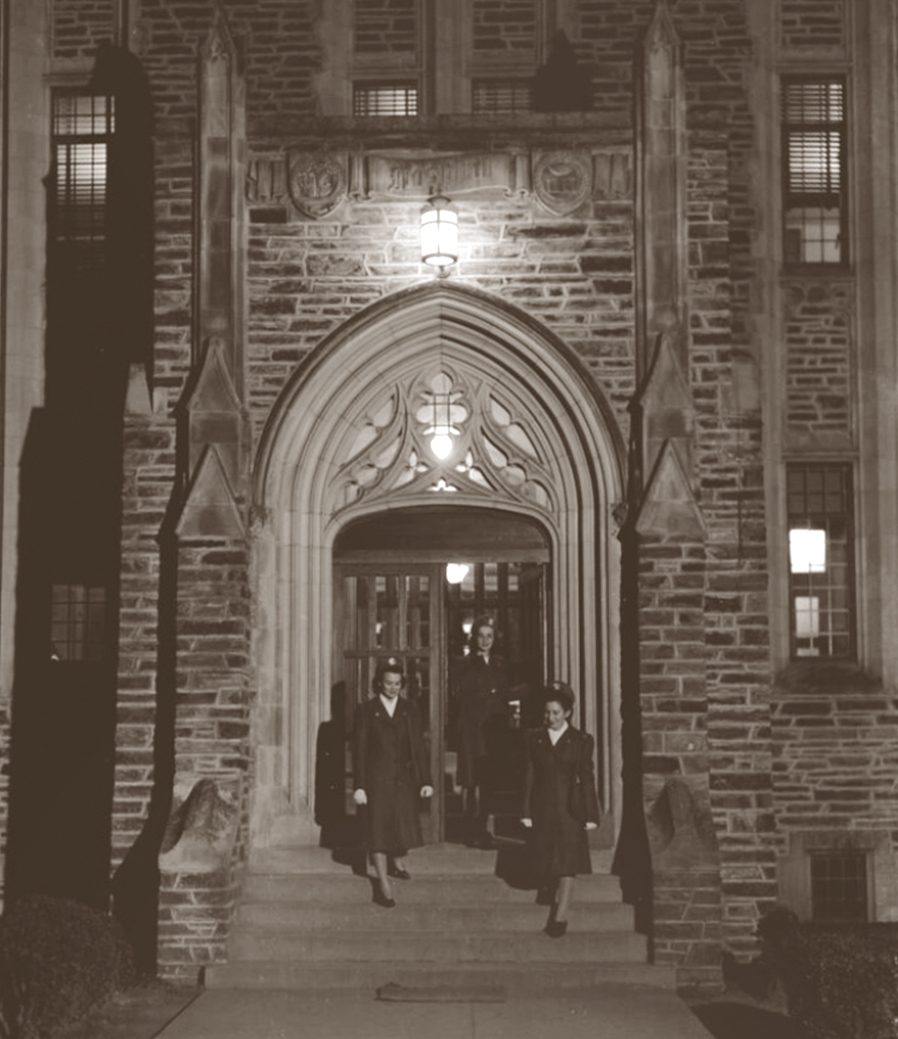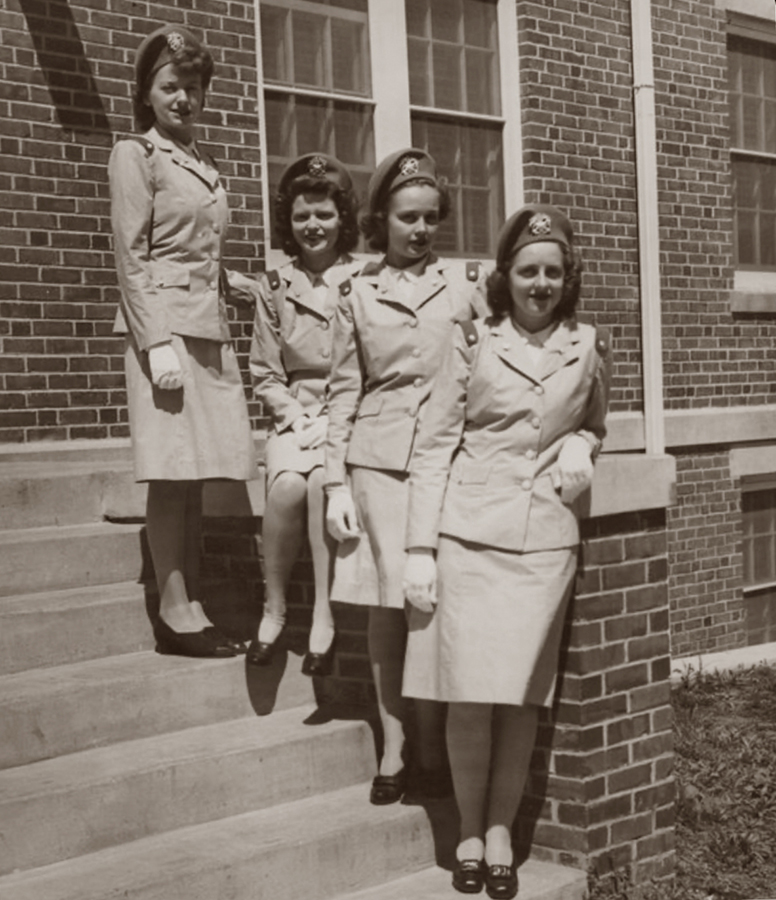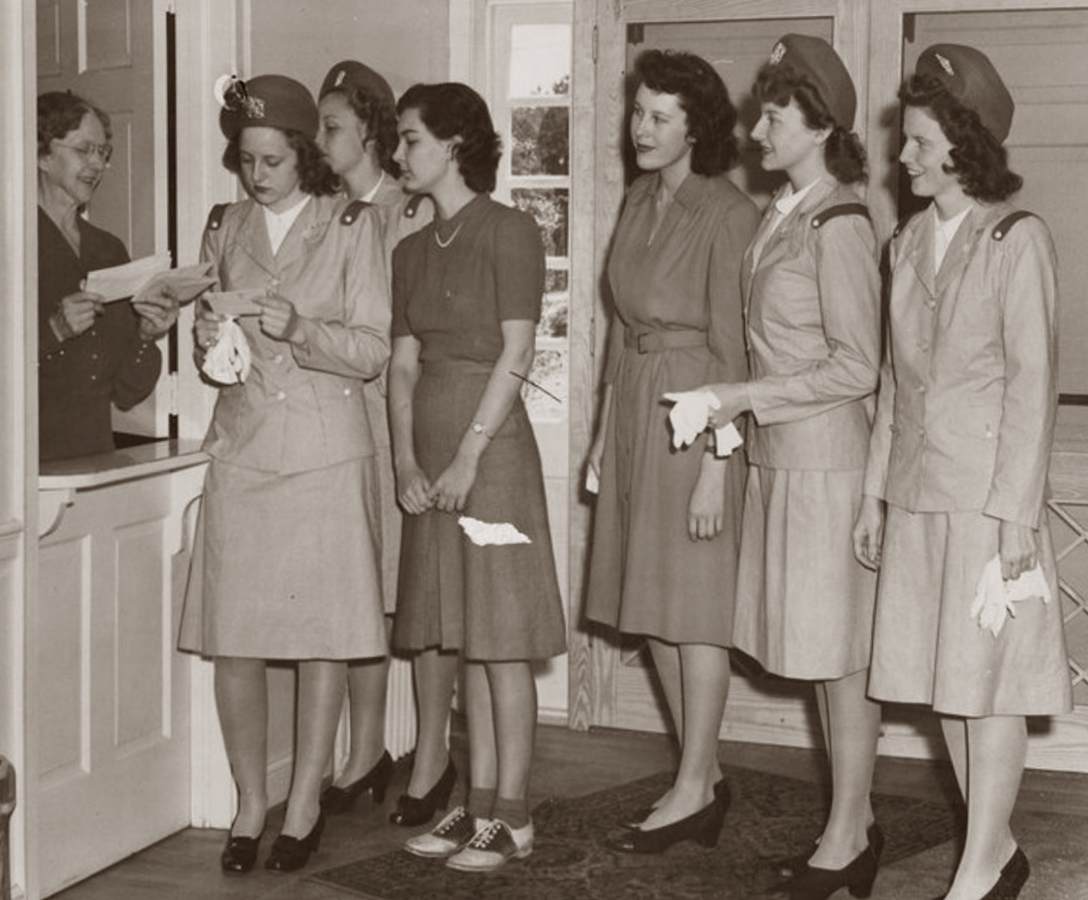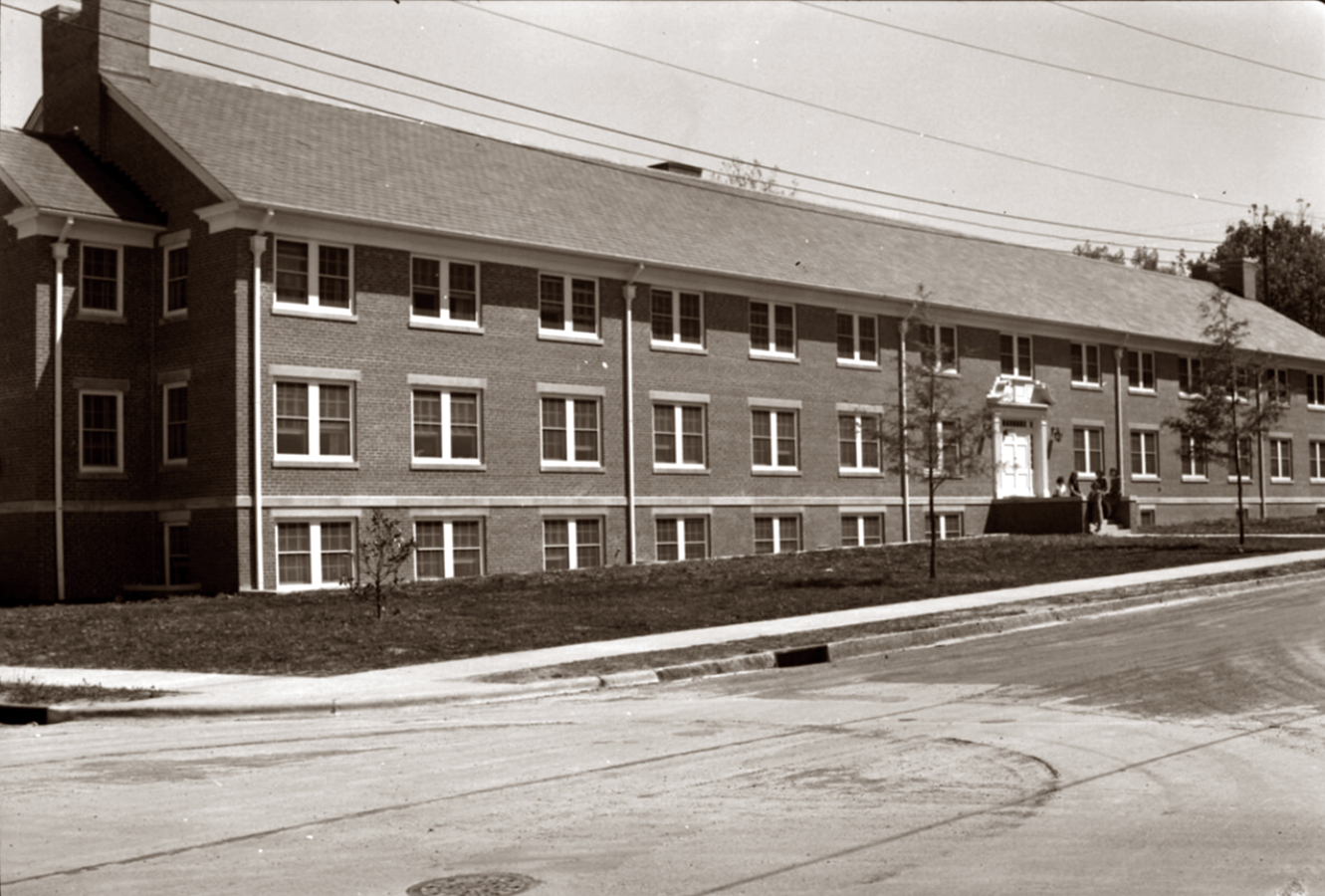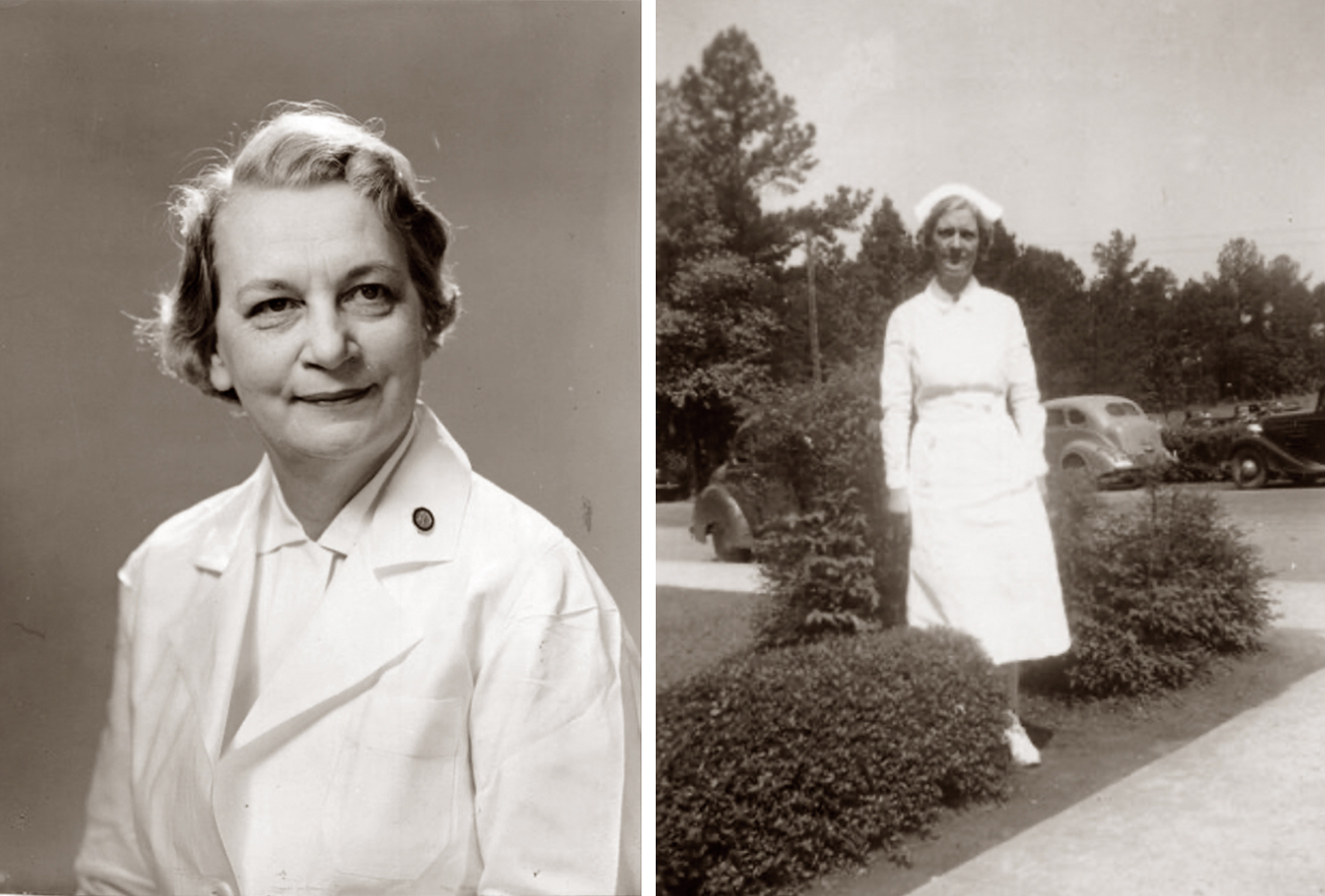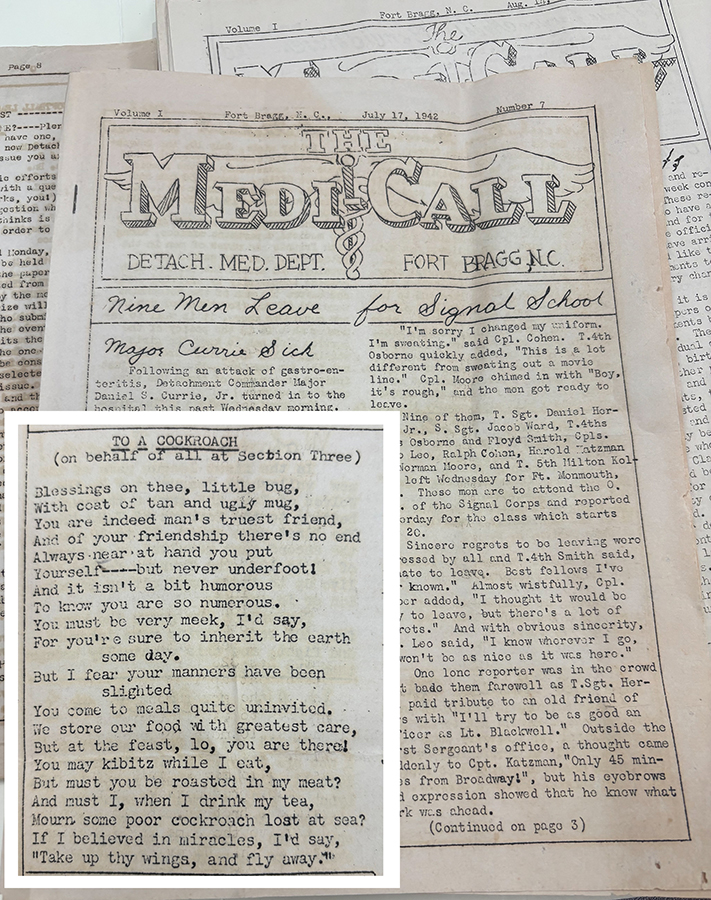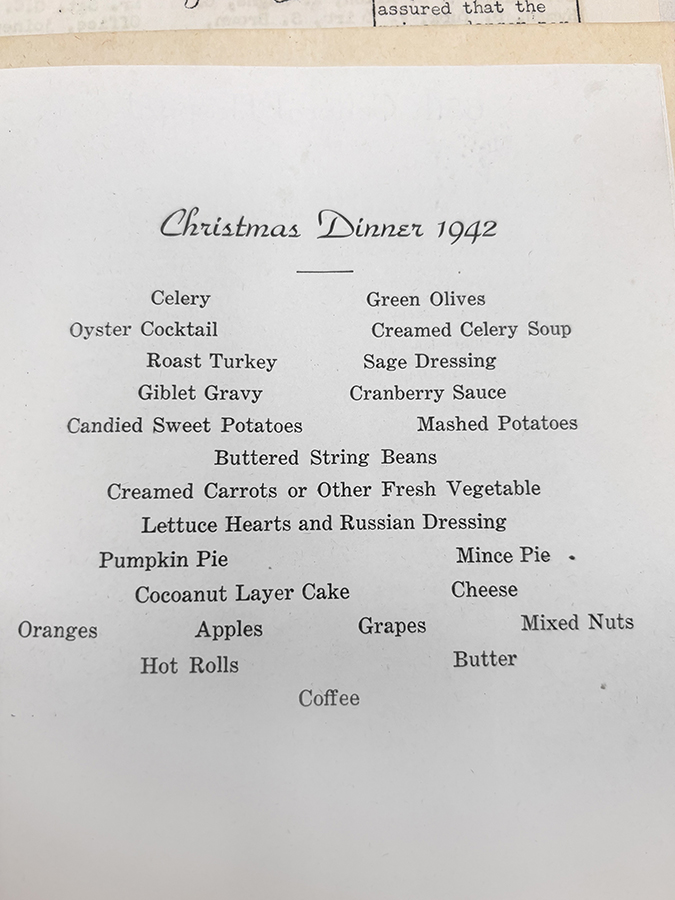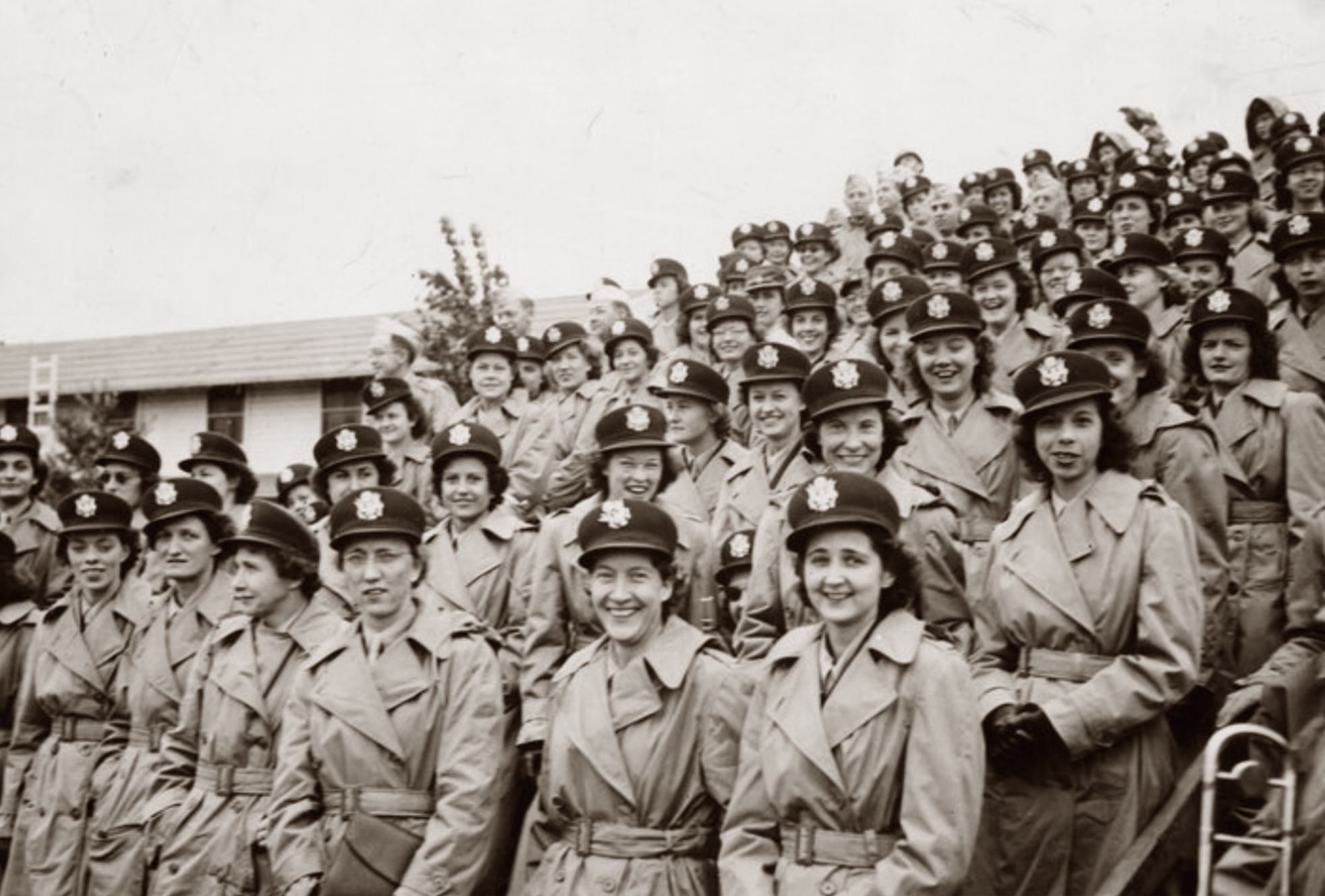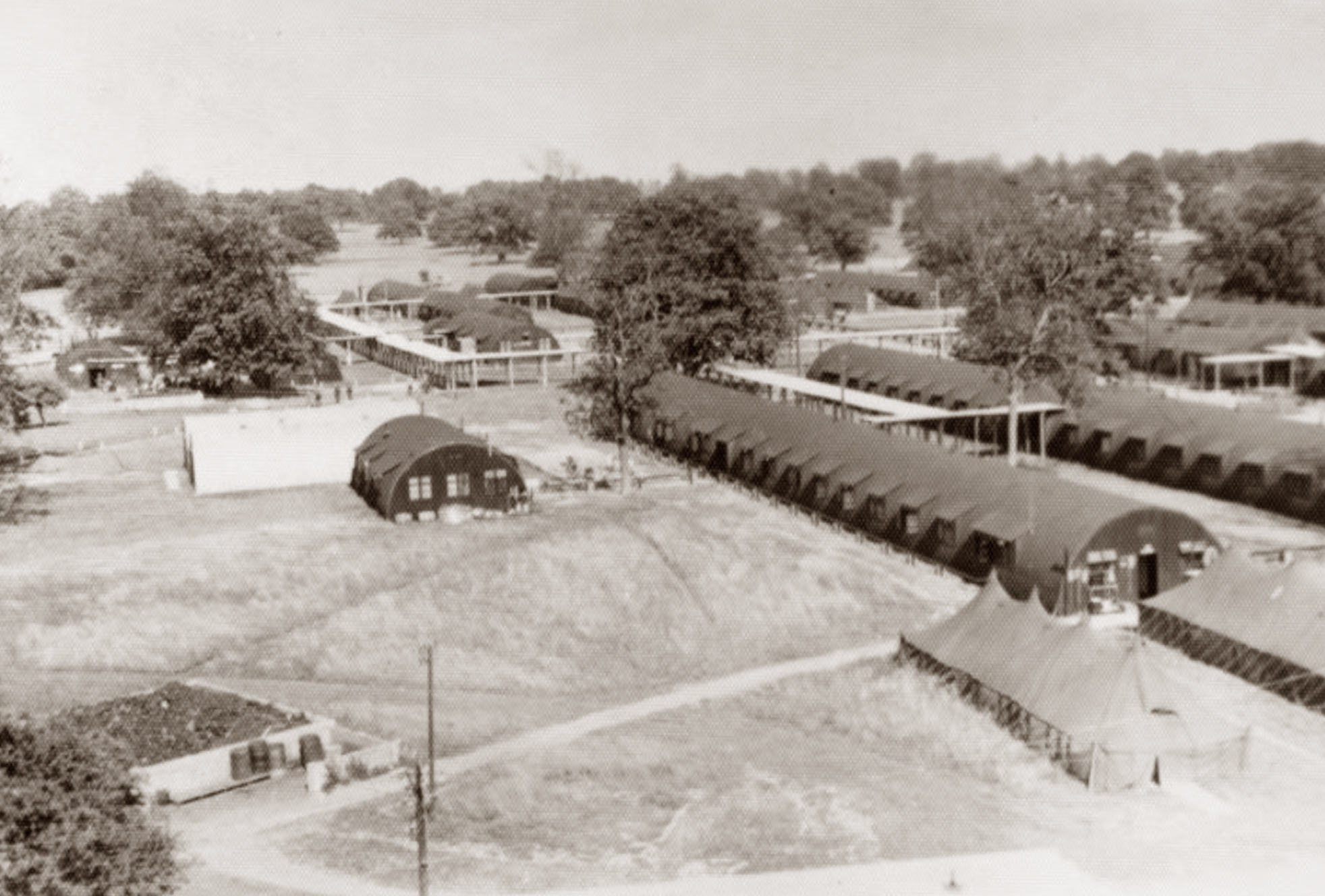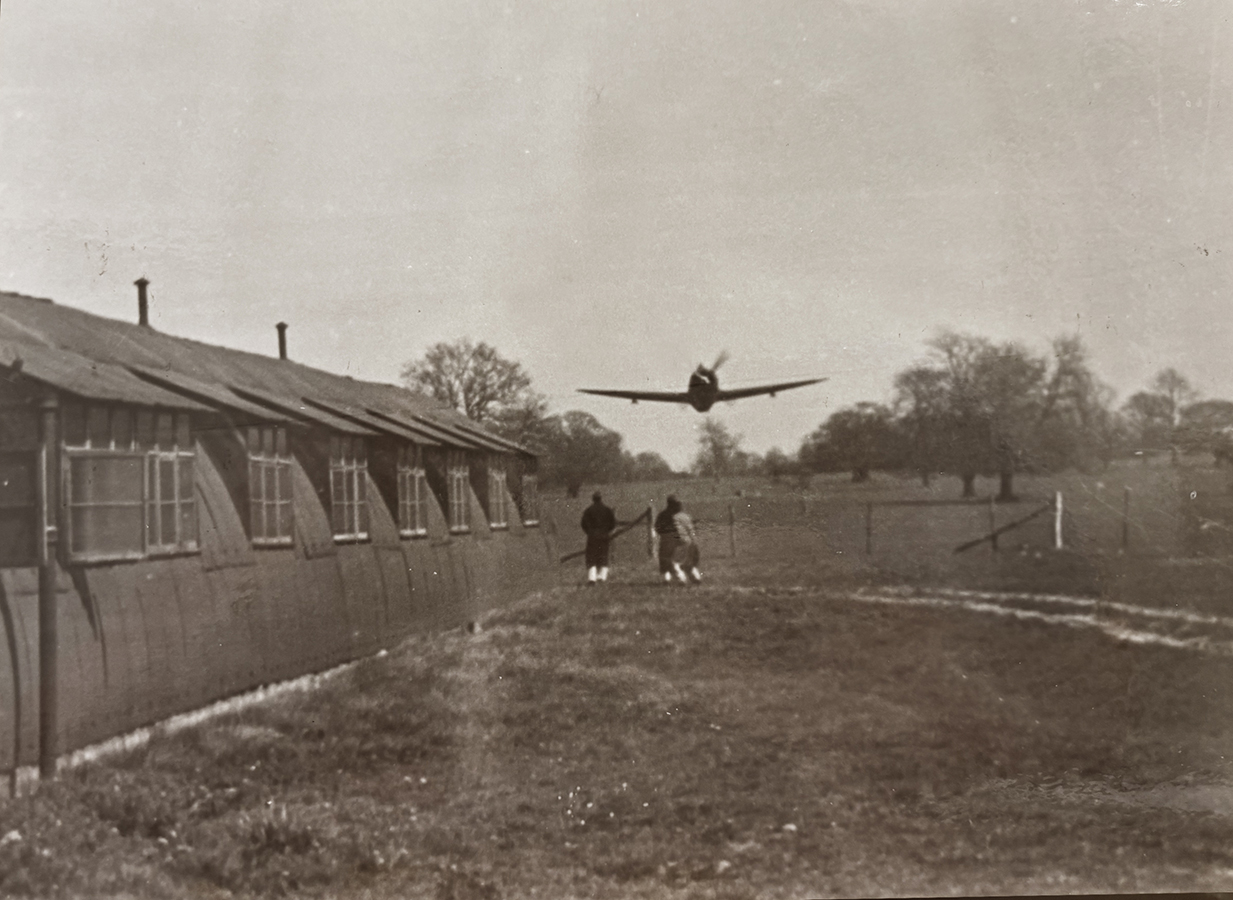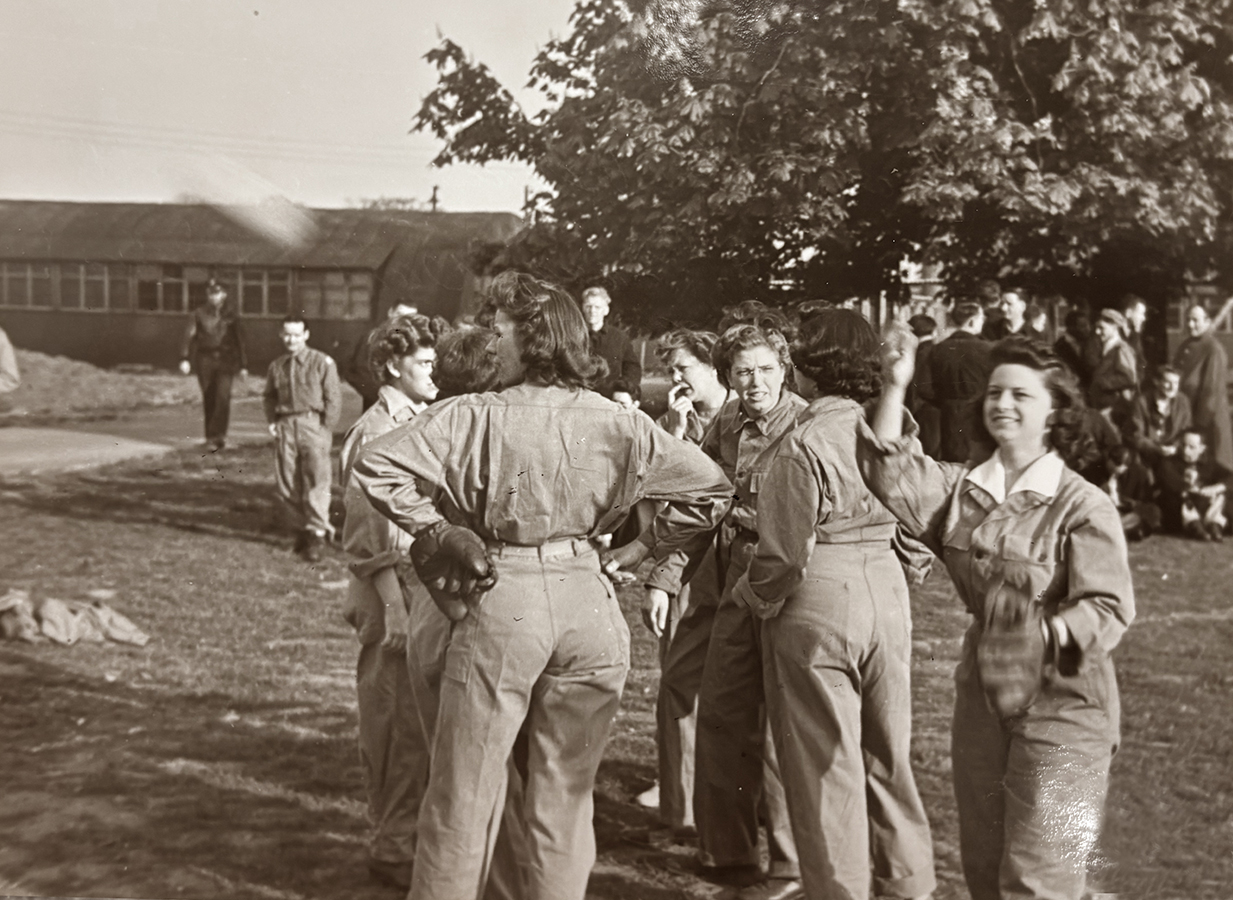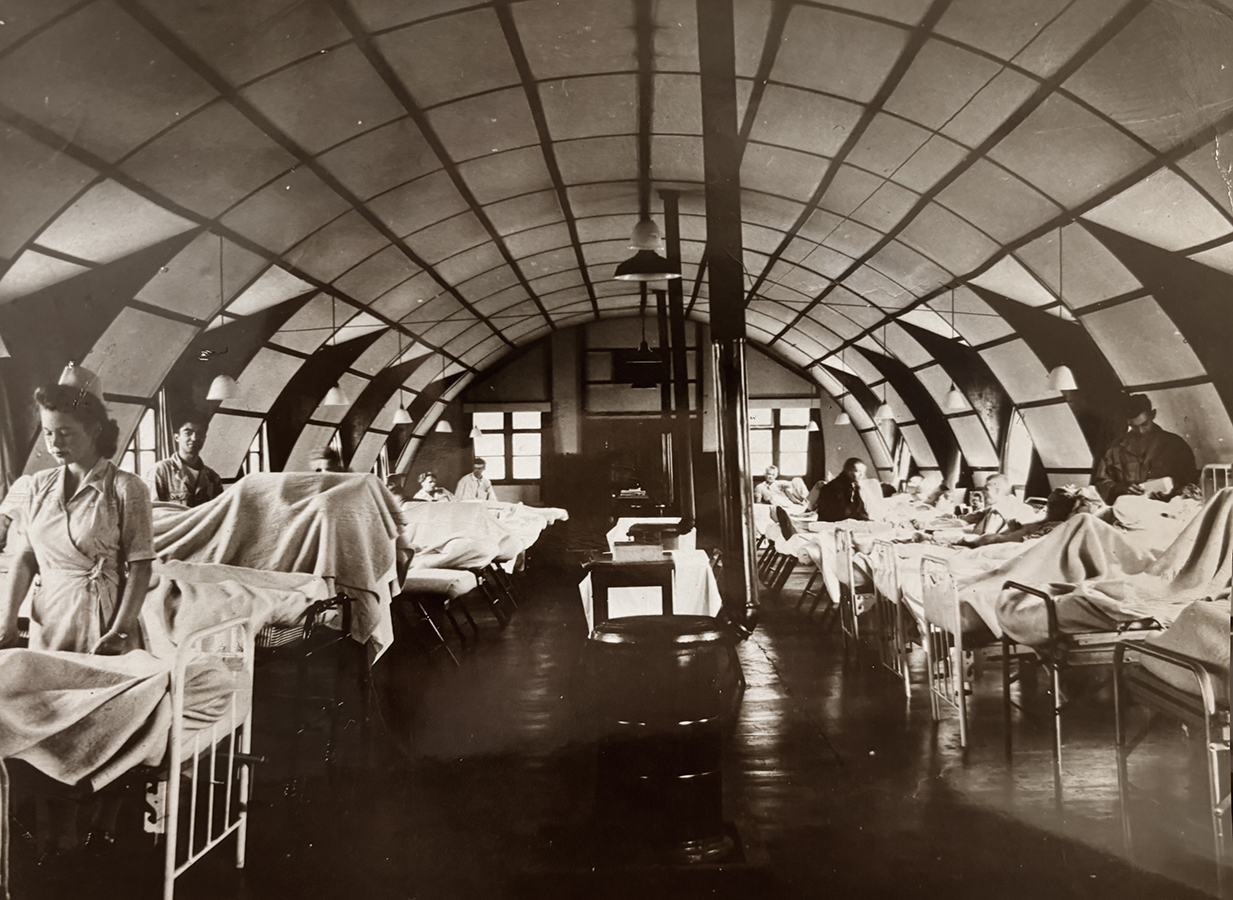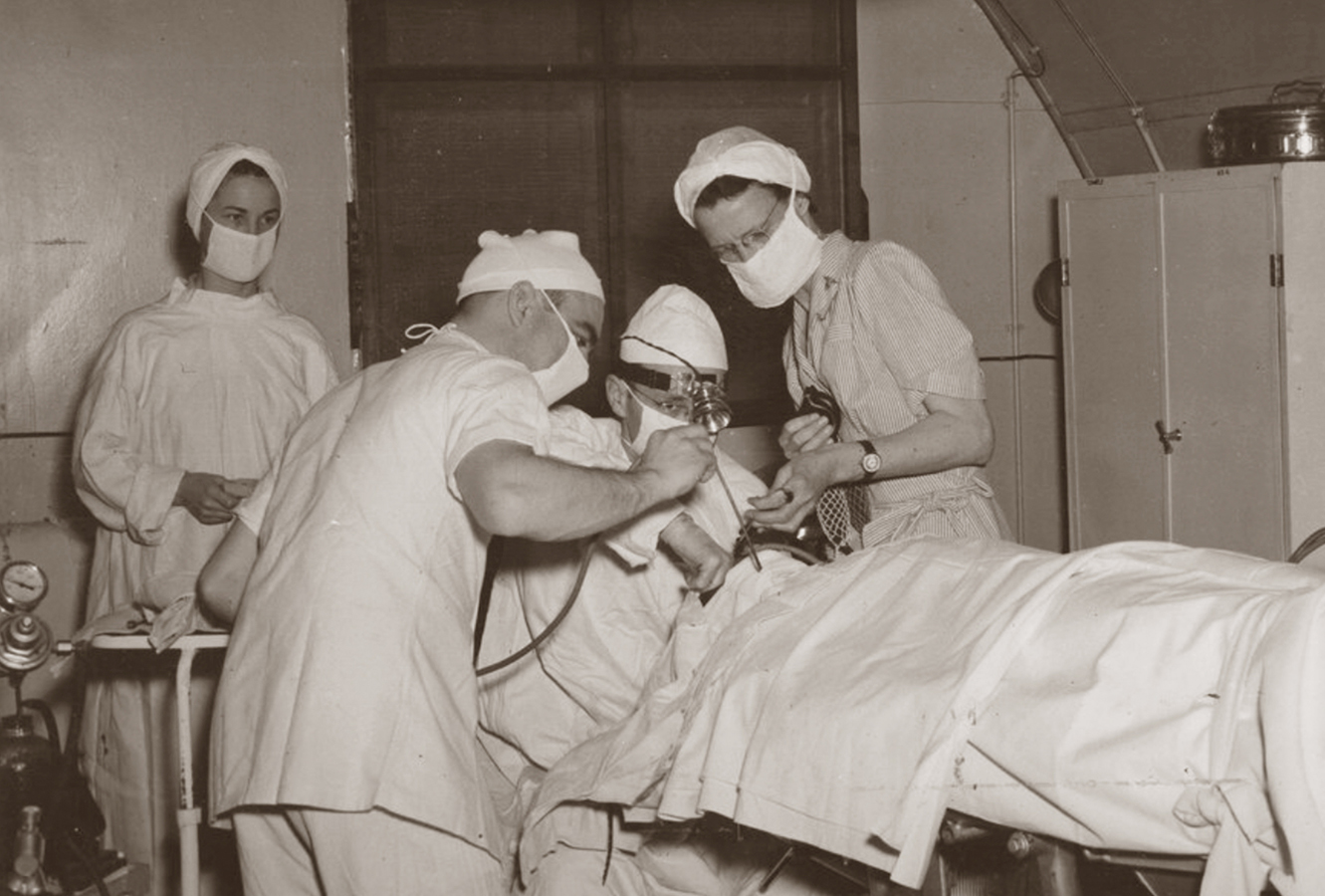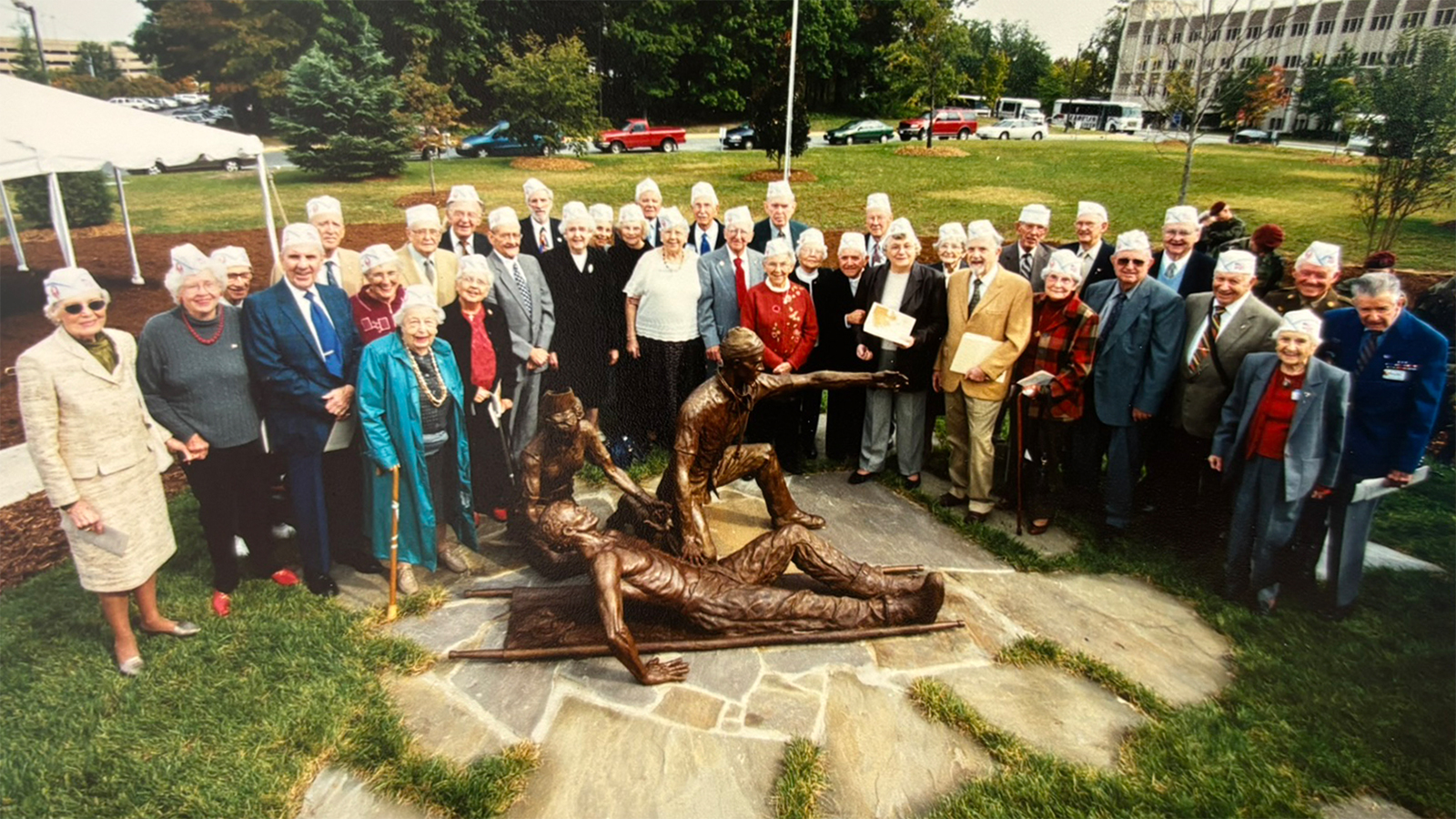From Durham to the Frontlines: Duke Nurses in the 65th General Hospital
The nurses of the 65th General Hospital. A dive into the archives to learn about Duke nurses’ involvement in World War II.
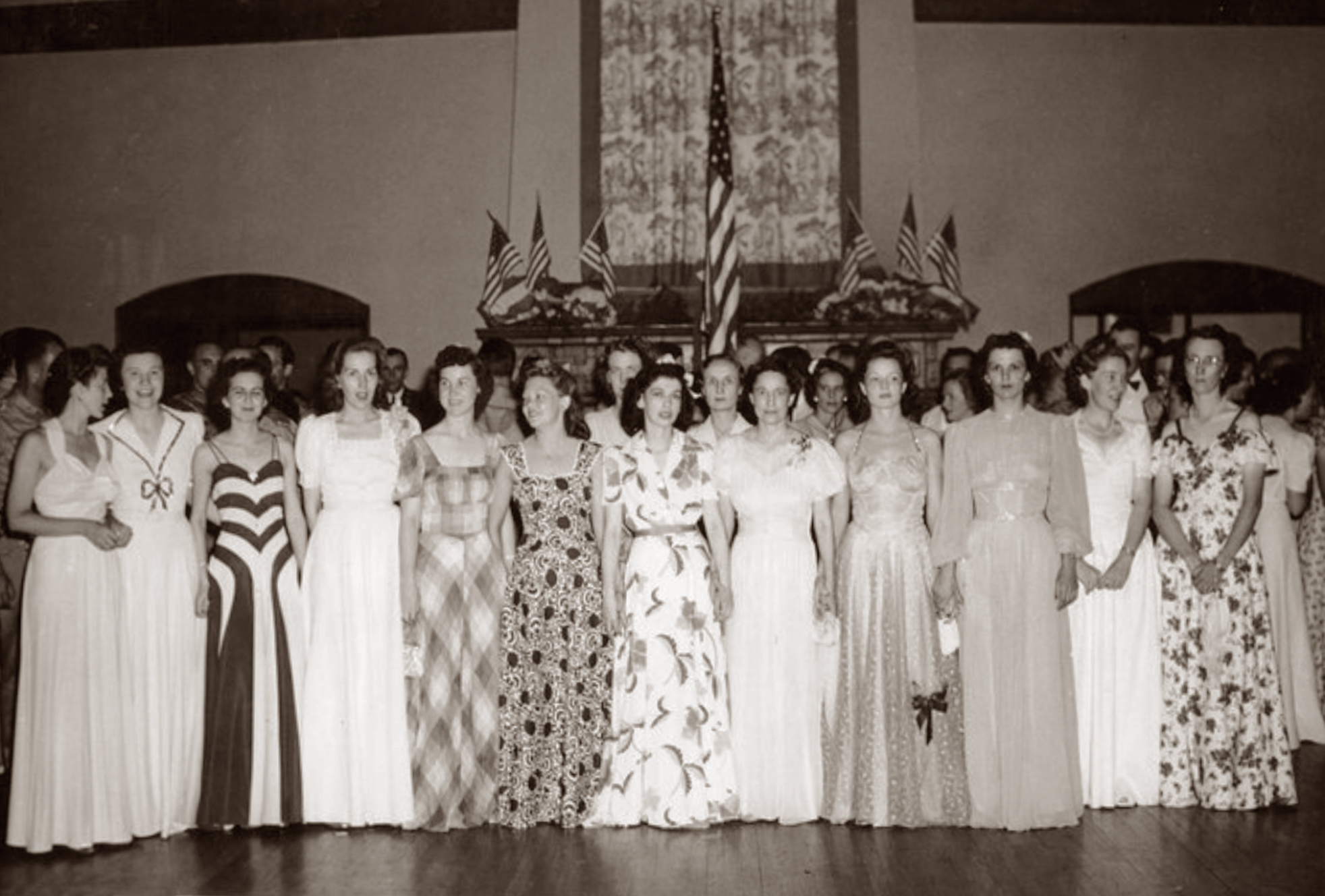
It was July 15, 1942, when the nurses of the 65th General Hospital gathered for a party, a formal going-away social at the Hope Valley Country Club in Durham.
Mary Katherine Powers—Web & Digital Lead for Duke University School of Nursing, lifelong learner, history buff, and wife of a retired Navy Senior Chief—delves into the archives to learn about Duke nurses’ involvement in World War II.
Just twelve days before, the unit received orders to report for training at Fort Bragg, NC. Their training would last for more than a year, culminating in their deployment to England as part of the 65th General Hospital. Imagine their excitement and anxiety, wondering what the next few years would bring.
From the Duke University Medical Center Archives: Historical Images Documenting Duke Health.
The Cadet Nurse Corps at Duke
As World War II intensified, Duke University demonstrated its commitment to supporting wartime nursing by participating in the U.S. Cadet Nurse Corps. The program was launched in 1943 to address the national nursing shortage by accelerating training and providing federal support to students who pledged to serve for the duration of the war. The program enabled Duke to bring in new students every nine months instead of every twelve, helped provide living quarters and stipends, and accelerated the program to graduate nurses in just three years while still providing adequate clinical experience in medicine, surgery, pediatrics, and obstetrics.
But there is always cause and effect. The number of nurses in the program did grow, with enrollment increasing by 45%. However, as many of these new nurses traded their textbooks for trauma wards, Duke Hospital was left with a nursing shortage, as Duke University School of Nursing graduates typically filled many roles.
School of Nursing students stepped in. Between 1942 and 1944, the number of nursing students providing care at Duke Hospital rose by 46%. On top of their regular studies, these nurses-in-training worked in the hospital, gaining extensive hands-on experience while helping to maintain hospital operations during a time of critical staffing shortages.
It’s hard to fully imagine the stress that these young women in the Cadet Nurse Corps (for they were all women at that time) must have experienced studying, working, and knowing that once they were done, they would head off to war. Their efforts not only supported the country during the war, but also changed nursing education at Duke for decades to come.
Uniformed School of Nursing students, class of 1947, on building steps. This group either cadet nurses or nurses' aides.
Duke University Medical Center Archives: Historical Images Documenting Duke Health
School of Nursing cadet students on the front steps of Duke Hospital, undated
Duke University Medical Center Archives: Historical Images Documenting Duke Health
Four School of Nursing students World War II cadets in uniform.
Duke University Medical Center Archives: Historical Images Documenting Duke Health
Six School of Nursing students in line to receive mail. At least four nurses are cadet nurses.
Duke University Medical Center Archives: Historical Images Documenting Duke Health
The Nurses' Dormitory was constructed to relieve the crowding caused by the influx of United States Cadet Nurse Corps students on the Duke campus during World War II.
Duke University Medical Center Archives: Historical Images Documenting Duke Health
Margaret Isabel Pinkerton served as dean of the School of Nursing from 1939 to 1946.
Duke University Medical Center Archives: Historical Images Documenting Duke Health
The Creation of the 65th General Hospital
To meet the urgent need for medical expertise in the war, Wilburt C. Davison, the dean of the Duke University School of Medicine at the time, proposed the idea of a Duke hospital Army reserve unit. Activated in July 1942, the unit consisted of male and female doctors and nurses who all had connections to Duke—a mix of faculty, medical and nursing school graduates, and current or former house staff.
The Duke 65th General Hospital was established in Suffolk, England, in 1942 to care for sick and wounded Allied soldiers and airmen, treating some 17,250 patients, many of them with severe injuries, with an astonishingly low mortality rate of 0.4%. “The entire country has good reason to be proud of the fine work” the Duke team contributed to the war effort, said U.S. Surgeon General Norman T. Kirk. “Faithful effort put in by the 65th on apparently hopeless cases has resulted in saving many lives.”
Training at Duke and Fort Bragg
CHRISTMAS MENU
Celery, Green Olives
Oyster Cocktail, Creamed Celery Soup
Roasted Turkey, Sage Dressing
Giblet Gravy, Cranberry Sauce
Candied Sweet Potatoes, Mashed Potatoes
and more...
The 65th General Hospital would train for over a year before ever leaving the country. After the 65th General Hospital was established, Duke’s campus became a hub for military medical training. Before leaving for training at Fort Bragg, members of the 65th General Hospital conducted field hospital drills on West Campus, and cadet nurses trained in uniform alongside Navy V-12 and NROTC students.
The 65th would go on to spend fifteen months at Fort Bragg, North Carolina, learning military procedures, adapting clinical skills to field conditions, and preparing for the realities of war. As the training was taking place at Fort Bragg, the U.S. Cadet Nurse Corps was being established. Nurses from the corps would go on to join the unit once they graduated.
The Duke University Medical Center Archives contain select documents from that time at Fort Bragg, including printed newsletters—the social media of the time—and the 1942 Christmas dinner menu that would make my Southern grandma proud.
65th Ft. Bragg Newsletter July 17, 1942
Duke University Medical Center Archives: MC0001 Box 1 - Ft. Bragg Medical and Unit Newsletters
65th Ft. Bragg Christmas Dinner 1942
Duke University Medical Center Archives: MC0001 Box 1 - Ft. Bragg Medical and Unit Newsletters
65th Ft. Bragg Christmas Dinner, 1942 including Nurses' Roster
Duke University Medical Center Archives: MC0001 Box 1 - Ft. Bragg Medical and Unit Newsletters
...Oh, when you are that young, nothing is going to happen to you…I was in my early twenties…I was going to be fine, and I think most of us thought that way.” ~ Dorothy Ray Salerno
65th General Hospital in Suffolk, England
After finishing training at Fort Bragg in 1943, the 65th General Hospital unit shipped out to England, first establishing operations at Blackmore Park near Malvern, Worcestershire. During the winter of 1944, the unit was relocated to Redgrave Park in Suffolk.
Among the nurses on the unit was Dorothy Ray Salerno, a 1940 Duke graduate who served as head nurse of the orthopedic ward. In a 2008 oral history, she recalled getting ready to go to war and the intensity of their work:
“Everyone was ready for it. We’d been trained enough and knew what was coming… …Oh, when you are that young, nothing is going to happen to you…I was in my early twenties…I was going to be fine, and I think most of us thought that way.”
“It was just like a regular hospital, except it wasn’t the sophistication of a hospital, you know it isn’t … we work with what we had.”
“We were working 12-hour shifts, sometimes longer. The wounded came in waves, and we had to be ready. But we were proud to be there, doing our part.”
“The English flew out by night and the Americans went out by day… they rendezvoused over our hospital, you could hear them when they were getting in formation.”
Listen to her audio and find out more at the Remembering the 65th: Duke's General Hospital Unit online exhibit
The members of the 65th handled a constant stream of casualties from heavy bomber crews, acute diseases, and emergency cases, and acted as a specialty center for neurosurgery, thoracic and plastic surgery, burns, and hand injuries.
Despite the hardships, the nurses found ways to maintain morale and enjoy themselves while off duty, as evidenced by Archive images of the hospital getting “buzzed” and another lamenting “helmet hair.”
65th General Hospital Aerial View, Redgrave Park, England.
Duke University Medical Center Archives: Photograph & Negative Collection
Buzzing the hospital.
Photo caption: Though against regulations and much to the annoyance of the commanding officer, "buzzing" the hospital was a past-time of the fighter planes. Upon their return from missions, they would frequently "buzz" the wards at roof-top level as a greeting to a hospitalized buddy or a nurse girl friend
Duke University Medical Center Archives: MC0001 Box 1 - Photographs: Personnel and Patients, mounted for display
Four 65th Nurses in Combat Dress.
Photo caption: These heavy helmets were hard on hairdos.
Duke University Medical Center Archives: Photographs: Personnel and Patients, mounted for display
65th General Hospital Soft Ball Game.
Photo caption: Nurses at Recreation. Soft Ball 1944
Duke University Medical Center Archives: Photographs: Leisure and Social Activities
Typica Scene Ward 68, Neurosurgical.
Photo caption: Note Coke Stoves down the middle of the ward. Lt. Elizabeth Leatherwood at left.
Duke University Medical Center Archives: Photographs: Personnel and Patients, mounted for display
65th General Hospital Operation.
Duke University Medical Center Archives: Photograph & Negative Collection
Legacy
Duke University School of Nursing graduated 302 nurses from 1939 to 1946, making a significant impact on the war effort through the Cadet Nursing Program. The program also influenced nursing education at Duke in the years to come, as the intensive training nurses received during the war set a rigorous precedent.
When World War II ended, many of the 65th’s nurses returned to Duke or continued their careers in healthcare. Their legacy lives on in the Duke Medical Center Archives and in the hearts of those they healed. The 65th commemorative monument near the School of Nursing honors their service, but perhaps their greatest tribute is the generation of nurses they inspired.
The story of the nurses of the 65th General Hospital is not just a chapter in Duke’s history—it’s a testament to the power of purpose, the resilience of women in wartime, and the enduring spirit of care.
Learn More about the 65th General Hospital
Duke University Medical Center Archives: Historical Images Documenting Duke Health
School of Nursing cadet nurses in uniform. From the Duke University Medical Center Archives: Historical Images Documenting Duke Health.
Cadet Nurses in Uniform CA. 1943. From the University Archives Photograph Collection, 1861-[ongoing]
Nurses and servicemen of the 65th General Hospital. From the Duke University Medical Center Archives: Photograph & Negative Collection.
65th General Hospital Exhibit. From the Duke University Medical Center Archives Exhibit.
From Campus to Cockpit: Duke During World War II. From the Duke University Libraries Exhibit.
I would like to personally thank Rebecca Williams, Archives Librarian for Research, Outreach, and Education, Duke University Medical Center Library & Archives, for her help with this story.
Duke University School of Nursing – Our History.
DUSON Prepares for World War II.
Dorothy Ray Salerno Interview.
All Images from Duke Medical Center Archives.
